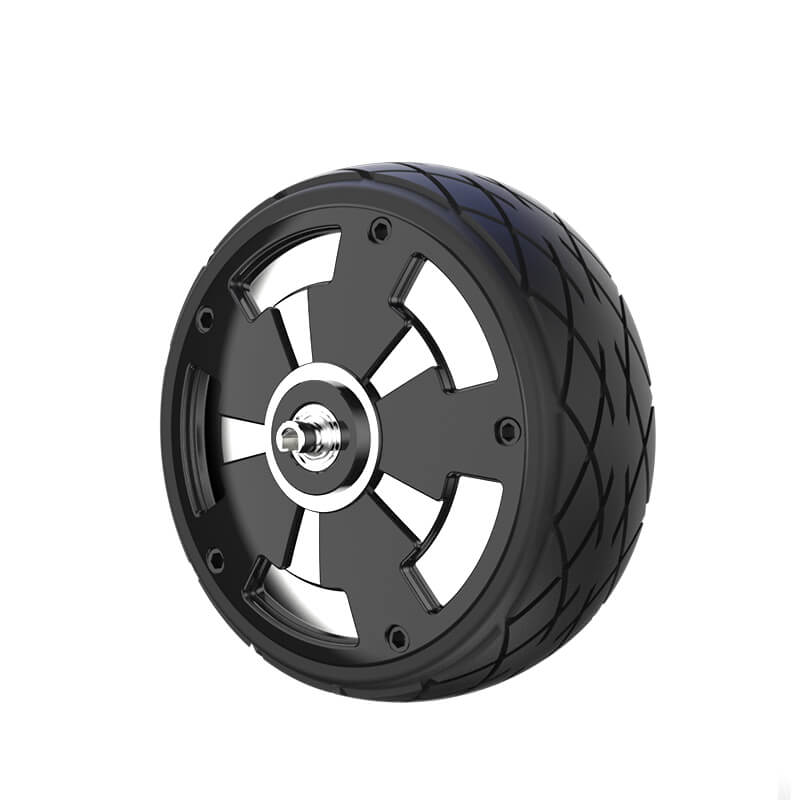Connecting a servo motor to an Arduino: Unlocking a world of mechanical movement
Imagine transforming a simple idea into a tangible motion—your project's ability to reach out, turn, lift, or rotate hinges entirely on your understanding of how to connect a servo motor to your Arduino. Whether you’re building a robot arm, a remote-controlled vehicle, or an automated system, the servo motor is a flexible, precise component that can make your vision come alive. But before diving into the coding and commands, mastering the basics of wiring and connection will set you on a smooth path.

Understanding the Basics of Servo Motors
At their core, servo motors are compact devices that combine a motor, feedback sensor, and control circuitry in one package. Unlike regular DC motors, servo motors know their position and can be turned to a specific angle with high accuracy. This makes them perfect for applications that demand precise positioning, like robotic joints or camera gimbals.
Most hobbyist servo motors have three wires: power (usually red), ground (usually black or brown), and signal (typically yellow, orange, or white). The power and ground supply the necessary voltage, often around 5V, and the signal wire receives control signals from the microcontroller, instructing the motor when and where to move.
Choosing the Right Servo for Your Project
While there are many types of servo motors, for most beginner projects, the standard "R/C servo" is a popular choice. They are affordable, reliable, and easy to interface with Arduino. When selecting a servo, keep in mind:
Voltage and current requirements: Most serve at 4.8V to 6V, with current draw up to 700mA during movement. Torque and speed: Match your project's needs with the servo's specifications. Size and mounting: Ensure the servo fits into your design space and has appropriate mounting options.
Getting Started: Preparing Your Materials
Here’s a checklist of what you'll need:
Arduino board (Uno, Mega, etc.) Standard hobby servo motor Breadboard and jumper wires Power supply (if powering multiple servos or large ones) Resistors (if needed for signal conditioning) Optional: Potentiometers, switches, or sensors for more interactive projects
Once you've gathered all your components, it’s time to move to wiring—the heart of connecting your servo motor to your Arduino.
Wiring Your Servo Motor: The Step-by-Step Process
Wiring is straightforward but critical; the wrong connection can damage your servo or produce erratic movements. Follow these steps carefully:
Identify the wires: Most hobby servos have three wires:
Red: Power (VCC) Black/Brown: Ground (GND) Yellow/Orange/White: Signal (PWM control)
Connect Power and Ground:
Connect the red wire to the 5V pin on Arduino. Connect the black or brown wire to the GND pin on Arduino.
Note: If you plan to power the servo directly from the Arduino, ensure that your servo's current draw does not exceed the Arduino's power capabilities, typically 500mA. For larger servos or multiple servos, use an external power supply—such as a 5V battery pack or a regulated power source—and connect its ground to the Arduino ground for common reference.
Connect the Signal Pin: Connect the signal (orange/yellow/white) wire to one of Arduino's digital PWM pins, say pin 9. Power considerations: If your project involves multiple servos or a high-torque servo, consider powering the servo from an external source rather than the Arduino's USB or 5V pin. This prevents voltage drops and ensures stable operation.
Testing the Connection
Before writing complex code, test the servo connection with a simple program:
#include Servo myServo; void setup() { myServo.attach(9); // attach to pin 9 } void loop() { myServo.write(0); // move to 0 degrees delay(1000); myServo.write(90); // move to 90 degrees delay(1000); myServo.write(180); // move to 180 degrees delay(1000); }
Upload this sketch, and observe if the servo moves as instructed. If it behaves correctly, your wiring is solid, and you're ready to proceed with more advanced projects.
Considerations for Stable Operation
Use a dedicated power source if controlling multiple servos. Add a capacitor (e.g., 100μF) across the power and ground to smooth out voltage fluctuations. Keep wiring tidy and avoid interference by minimizing wire length.
Troubleshooting Basic Wiring Issues
If the servo jitters or doesn't move: Check all connections are firm. Confirm the polarity of power and ground. Make sure the code assigns the correct pin. Verify that your power source can supply enough current.
Conclusion of Part 1
Connecting a servo motor to Arduino is your first step into the fascinating world of robotics and automation. It involves understanding the hardware components, making correct connections, and testing basic movements. Once you master these foundational skills, the possibilities expand into increasingly complex and exciting projects.
Now, in the next part, we’ll explore advanced control techniques, incorporating sensors, and writing smart code that makes your robot respond intuitively—all while optimizing power and reliability for real-world applications.
Leveraging innovations in modular drive technology, Kpower integrates high-performance motors, precision reducers, and multi-protocol control systems to provide efficient and customized smart drive system solutions.




































